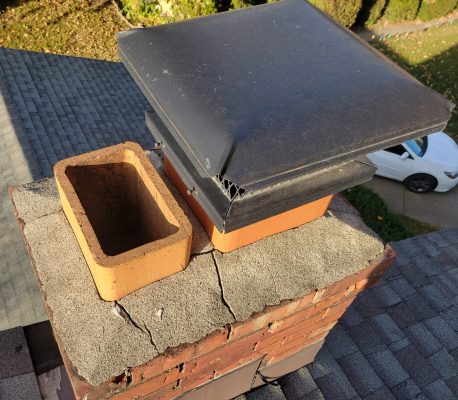The Purpose of Chimney Caps
Chimney caps serve as a vital barrier between your home and the outside elements. They provide several key benefits that contribute to the overall safety and efficiency of your chimney system:
1. Reducing Moisture Damage
One of the primary functions of a chimney cap is to prevent water from entering the chimney flue. Without a cap, rain, snow, and ice can easily make their way into the chimney, causing extensive damage over time. Moisture can deteriorate the chimney liner, leading to cracks and leaks that can result in costly repairs. Additionally, water intrusion can cause damage to the surrounding masonry and even lead to mold growth within the chimney and the home.
2. Keeping Out Animals and Debris
Chimney caps act as a barrier against unwanted guests, such as birds, squirrels, raccoons, and other animals. These critters often seek refuge in chimneys, creating nests and causing blockages that restrict proper airflow. Not only can these blockages hinder the performance of your chimney, but they can also pose a fire hazard. Chimney caps also prevent leaves, twigs, and other debris from accumulating inside the flue, reducing the risk of chimney fires and obstructions.
3. Blocking Downdrafts
A properly installed chimney cap can help minimize downdrafts, which occur when wind blows down the chimney, forcing smoke and harmful gases back into your home. Downdrafts can not only fill your living space with smoke but also pose a serious health risk. By blocking wind gusts, chimney caps provide a barrier against downdrafts, ensuring that your home remains free from smoke and pollutants.
4. Preventing Blocked Flues
Chimney caps play a crucial role in preventing flue blockages caused by debris, bird nests, or even creosote buildup. A blocked flue can disrupt the proper functioning of your chimney, leading to poor ventilation, decreased efficiency, and increased risk of carbon monoxide poisoning. By installing a chimney cap, you can significantly reduce the chances of flue blockages, ensuring the safe and efficient operation of your fireplace or heating appliance.
5. Stopping Sparks and Embers
During the combustion process, fireplaces and wood-burning stoves produce sparks and embers that can escape through the chimney. Without a chimney cap, these sparks and embers can land on your roof or nearby flammable materials, potentially causing a fire. A chimney cap with a spark arrestor mesh prevents these airborne fire hazards from escaping the chimney, providing an added layer of protection for your home.
The Role of a Licensed Home Inspector
During a home inspection, a licensed home inspector like Justin (JD) Taggart from Taggart Inspections conducts a thorough evaluation of your property, including the chimney and its components. The inspector will assess the condition of the chimney cap and identify any issues that may compromise its functionality and effectiveness. Here are some key aspects that a home inspector will focus on:
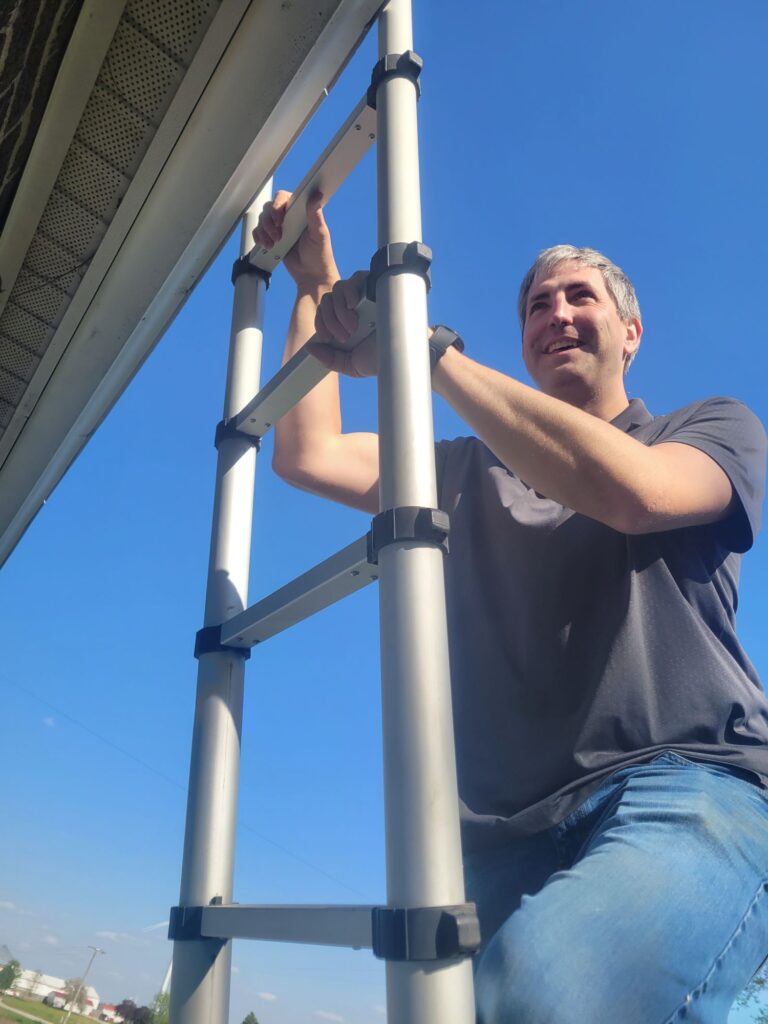
1. Visual Inspection
A home inspector will visually examine the chimney cap for signs of damage, such as rust, corrosion, or missing parts. They will also assess the overall condition of the cap, ensuring it is securely attached and properly fitted to the chimney. Any deficiencies or areas of concern will be documented in the inspection report.
2. Functionality Assessment
The inspector will evaluate the functionality of the chimney cap by checking for proper airflow and the presence of a spark arrestor mesh. They will verify that the cap effectively blocks debris, downdrafts, and animal entry. If any issues are identified, recommendations for repairs or replacements will be provided.
3. Evaluation of Surrounding Components
In addition to the chimney cap itself, a home inspector will examine the condition of the chimney crown, flashing, and masonry. These components work together with the chimney cap to ensure proper sealing and protection against water intrusion. Any deficiencies or signs of deterioration will be noted in the inspection report.
The Consequences of Neglecting Chimney Caps
Without a properly functioning chimney cap, your home is vulnerable to various problems that can have serious implications:
1. Water Damage
Water intrusion through the chimney can cause extensive damage to the chimney system and the surrounding structure. From deteriorating mortar joints and chimney liners to rotting wood and mold growth, the consequences of water damage can be costly to repair. By investing in a chimney cap, you can prevent these issues and protect your home from the damaging effects of moisture.
2. Pest Intrusion
Chimneys without caps provide an open invitation to animals seeking shelter. Birds, squirrels, raccoons, and other creatures can easily enter the chimney and build nests, leading to blockages and potential hazards. Additionally, these animals can cause damage to the chimney liner and other components. By installing a chimney cap, you can effectively keep pests out and maintain a pest-free home.
3. Energy Loss
In addition to protecting against water damage and pest infestations, chimney caps also help prevent energy loss in a home. When there is no cap, warm air from inside the house can escape through the chimney, leading to increased heating costs during the colder months. A chimney cap acts as a barrier, preventing warm air from escaping and cold air from entering the home. This not only helps in maintaining a comfortable indoor temperature but also reduces energy consumption and lowers utility bills.
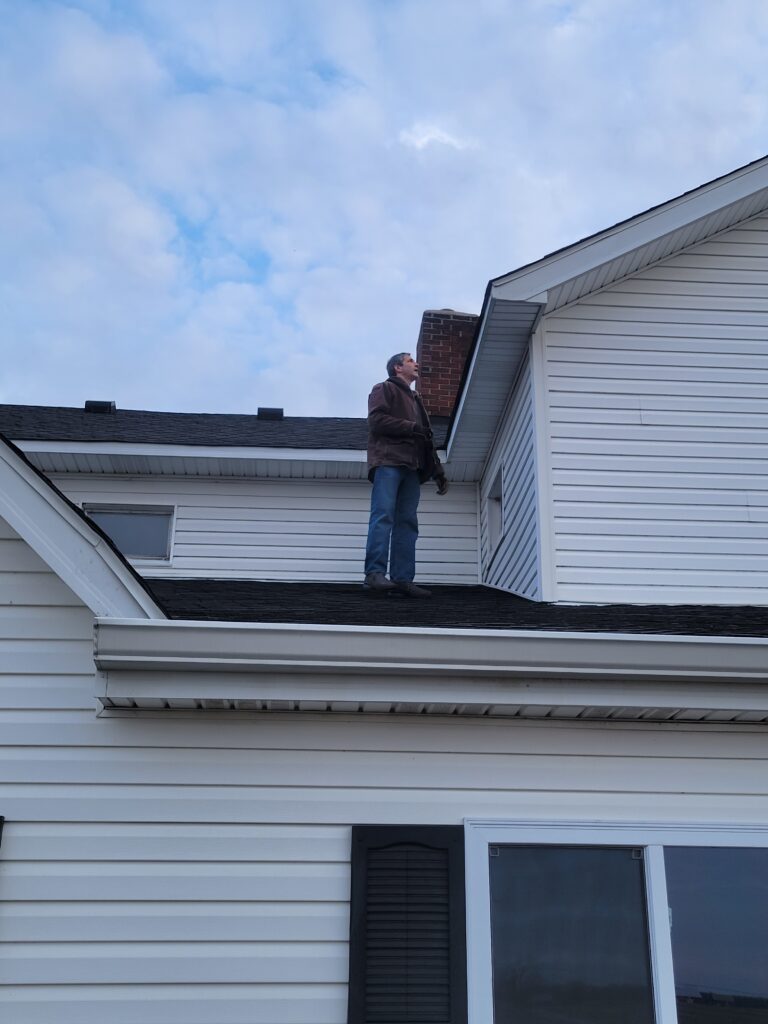
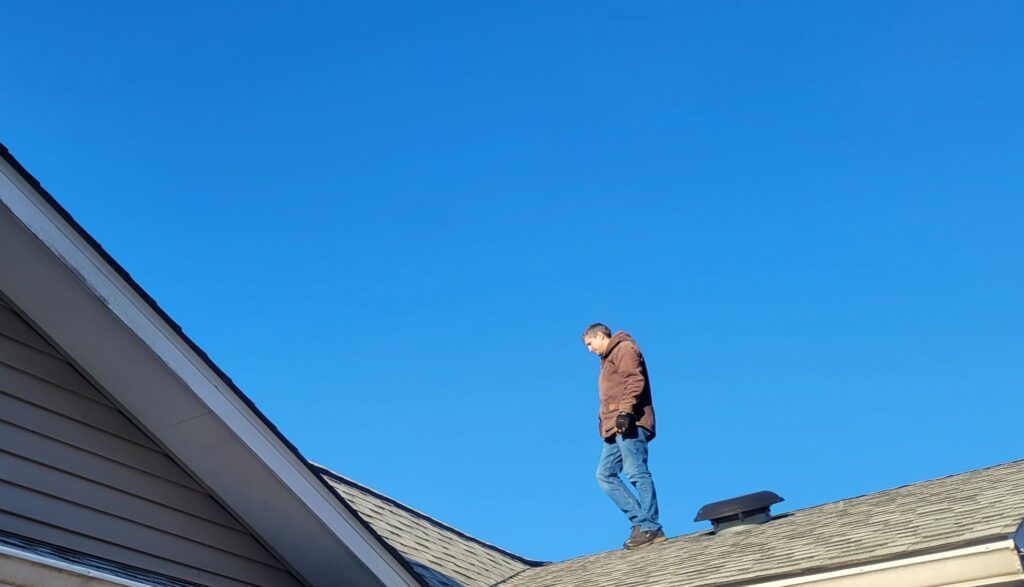

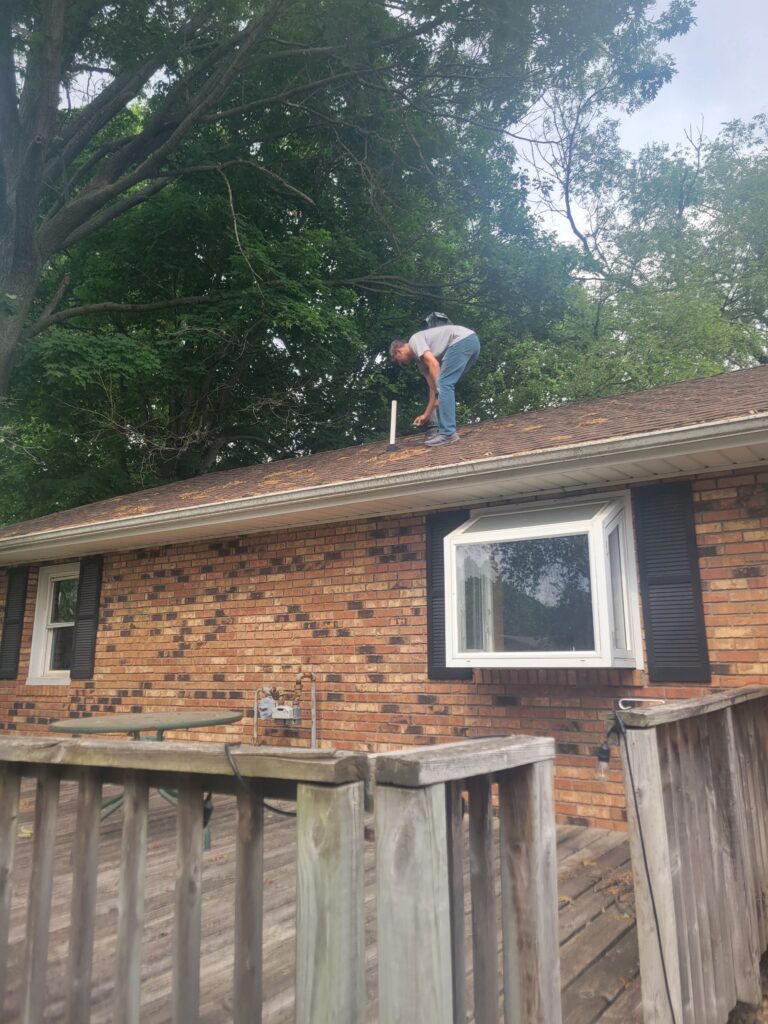
Protect your Home
Chimney caps are a crucial component of a safe and efficient chimney system. They provide protection against water damage, pest intrusion, downdrafts, flue blockages, and airborne fire hazards. By investing in a chimney cap and ensuring its proper installation and maintenance, you can safeguard your home, reduce the risk of costly repairs, and enhance energy efficiency. During a home inspection, a licensed home inspector like JD from Taggart Inspections can assess the condition of your chimney cap and provide recommendations for repairs or replacements. So, don’t overlook the importance of chimney caps – take proactive steps to protect your home today.

